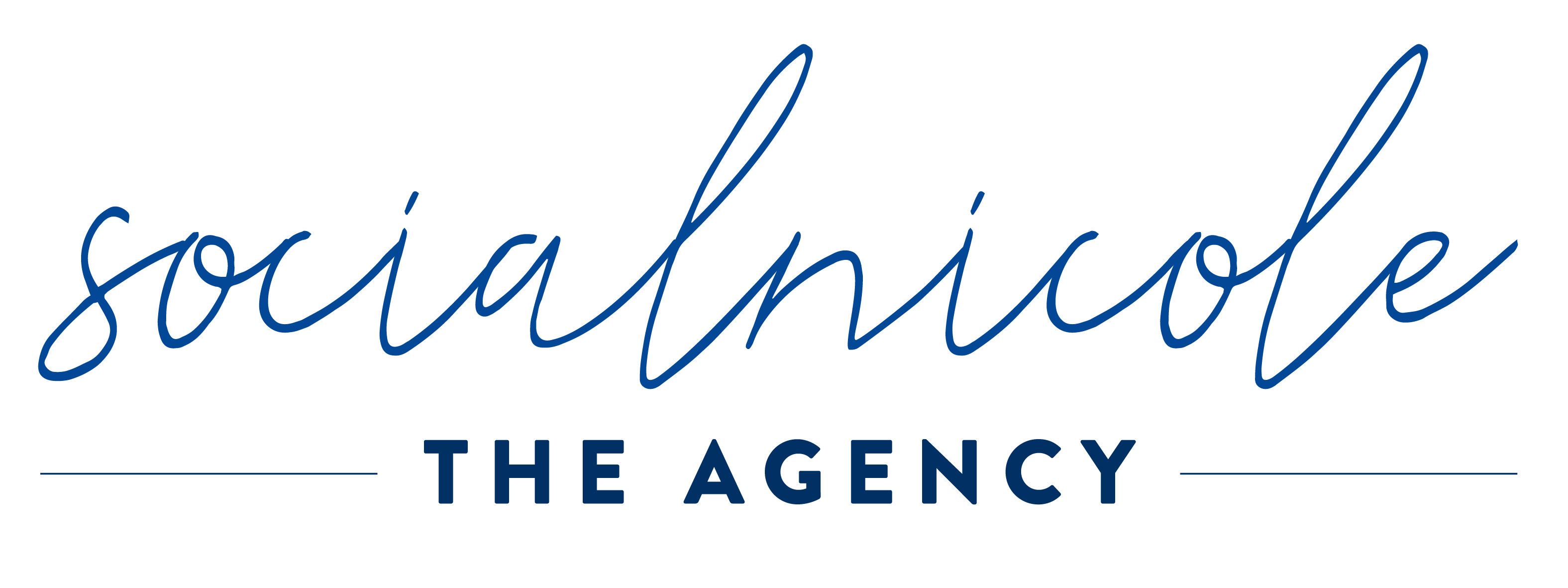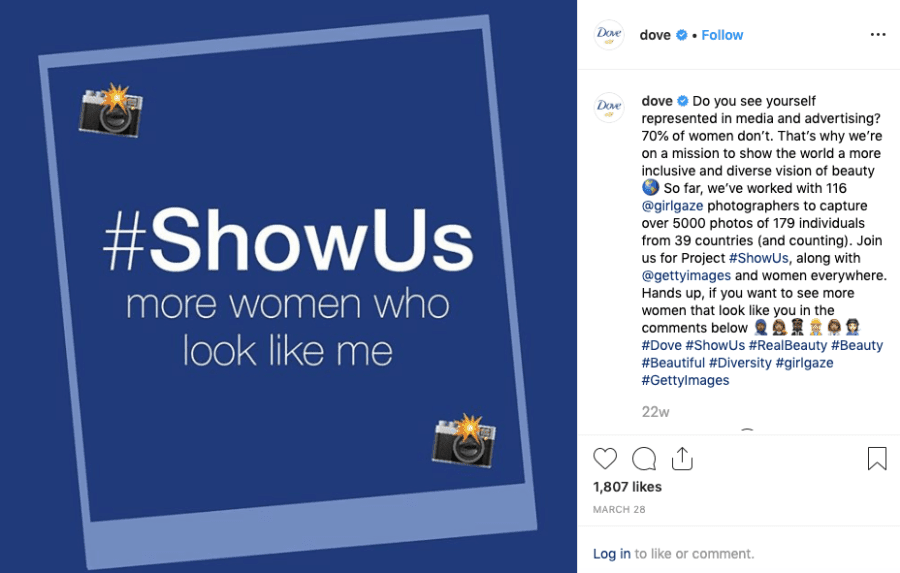
Are you looking to create a killer digital advertising campaign for your business? Now is the time. As long as we are stuck in our homes, the focus must be on digital. Gone is the heyday of print advertising, i.e. billboards, flyers, banners. While you have a captive and engaged audience at home and online, now is the time to hook them into your brand through digital advertising.
Now, there is more to creating a digital advertising campaign for your business than just posting about the latest product or service. In order to capture your business’s market and gain customer loyalty, it starts with creating a solid advertising strategy. The best digital ads come from a thorough campaign strategy with a clear marketing goal, defined communications objectives, and an in-depth foundation to guide your understanding of the proposition you are making. Once you create a solid digital advertising strategy using our guide, you can deliver an amazing advertising campaign for your business. We have everything you need below.
Determine the Purpose of Your Digital Advertising Campaign
Before starting to create your campaign, the first step is to come to an understanding of the purpose for making it. It sounds like a no-brainer, but in order to create a thorough campaign with a solid strategy, your business must hone in on one or two specific purposes to drive your campaign. The way we do it is by beginning with a brand problem, and the expected change we hope to see.
You may be thinking “There is no problem, we just want to grow the business online.” But every change you are hoping for starts with a problem of some kind. Remember: the problem doesn’t have to be a crisis. Try to express your purpose in terms of the problem you want to solve for your business, and what you hope to see. This will be one of the primary gauges you will use to measure the outcome of your campaign, so really think about what it is you want to see happen as a result of these ads.
Here are some examples of problems and expected changes:
- Sales are low. We hope to re-engage our customer base.
- Sales are low. We hope to draw in a new customer base.
- We have a strong customer base of people over 50 years of age, but don’t see very much brand recognition among Millennials. We hope to diversify our reach.
- Our competition is outselling us. We need to reinvigorate our customers.
- We have a new product that few people know about. We need to get the word out.
You might find that once you determine a more precise definition of the problem, it will help you to better understand the results you are seeking for your brand.
Define the Objective of Your Digital Advertising Campaign
Now that you know the business goals of the campaign, you can begin strategizing about what objective you are seeking among your business’s consumers. A problem many businesses run into is solely considering the desired outcome for the company. However, the key to making a great digital advertising campaign is getting into the mind of your consumer and figuring out what their goals are. It’s subtle, but imperative.
Addressing the Customers’ Needs in Your Digital Advertising Campaign
We talk often about how every product or service is a solution to a problem. What problem does the brand, product or service you are advertising solve for your consumer? What need is it filling for them? If you’re not sure, an agency like SN Digital can help your business research your customers and determine their needs. Very often, it is something that they are missing and unaware of. Through your advertising campaign, you are offering to fill a place in their lives that they didn’t even know they needed.
Here are some more examples of different types of products and services, and the problems they could solve:
- Over-the-counter pain relief pills: This medicine will relieve your headache
- Natural pet food: This food is healthy for your dog, unlike regular processed dog food which can lead to health problems.
- An internet service provider: The speed of this internet will save you time that you’re currently wasting waiting for things to load.
- An online movie and TV show streaming platform: Don’t pay for hundreds of dollars for channels you don’t even watch. This will give you the movies and shows you love, and save you money.
- Senior care services: You’re struggling as the sole caregiver of your aging parents. We can help with their health needs so you can spend that time enjoying their company instead.
Determine the Communications Objectives of Your Digital Advertising Campaign
Once you understand the problem your brand is addressing for your consumers, you can now determine your communications objectives.
Communications objectives are not the same as business objectives or marketing objectives. As we discussed earlier, marketing and business objectives have to do with the business and its sales goals. Those are important, but they are only one side of the strategy. When it comes to creating a great advertising campaign, the focus must be reaching your consumers on their level. Communication objectives vary widely from business to business. That’s why at SN Digital, we have a team of experts with experience in creating effective communications objectives for each digital ad campaign we run.
What do you want your business’s advertising campaign message to say to your current or potential customer? What do you hope to persuade them of, or what truth do you want to illuminate for them?
Let’s think back to when we addressed the purpose of the campaign, and use those examples to create business objectives vs. communications objectives:
- Business objective: Sales are low. We hope to re-engage our customer base.
Communications objective: Remind consumers that Product X has higher nutrients AND better flavor than competing products. - Business objective: Sales are low. We hope to draw in a new customer base.
Communications objective: Inspire new consumers to find out why people who use Product Y report having Z% better health in the following months. - Business objective: We have a strong customer base of people over 50, but don’t see very much brand recognition among Millennials. We hope to diversify our reach.
Communications objective: Excite consumers about the versatility and variety of purposes for using Product A. - Business objective: Our competition is outselling us. We need to reinvigorate our customers.
Communications objective: Inform consumers about the superior performance of Service B. - Business objective: We have a new product that few people know about. We need to get the word out.
Communications objective: Instill in consumers the benefits of using the new Product C.
Determine the Target Audience for Your Digital Advertising Campaign
Once you know your campaign’s communications objectives, you can begin determining who it is that you are targeting to. Some people argue that determining your target audience should come first. And in some cases, this could be a more effective approach to take. However, if you already have some idea of who your customers or potential customers are, we suggest doing it in this order. This is because we often need to clarify the communication objectives in order to guide our understanding of who our target audience is. It can be difficult to determine your brand’s audience if you aren’t entirely sure what your business is trying to say.
So who is your advertising campaign intended for? It’s not everyone. A mistake businesses sometimes make is trying to market the campaign to too many people. At SN Digital, when we find the target audience for our clients’ digital advertising campaigns, we focus on reaching one primary audience. Often, we find a secondary market segment materializes organically in the process, but begin with the focus on just one. In our experience, this leads to significantly better results.
Define the Market for Your Digital Advertising Campaign
A great place to start with determining your target audience is defining what the current market around your product or service is. There are a few key demographics and psychographics to pay attention to, which can be collected in a variety of metrics platforms.
- Age: This doesn’t need to be an exact number. Determining an age range is important as you can use this information to understand the consumers’ values from a generational perspective.
- Stage of Life: The stage of life someone is in can vary, even within the same age group. Are they new parents? Recent college grads? Empty nesters? Determine what important milestones are taking place in the consumer’s life.
- Location: This doesn’t necessarily mean what part of the world the consumer lives in (although that could be a factor if its a large, national corporation). This is more about the type of location. Do they live in the city (younger population)? The suburbs (wealthier, older families)? Their location says a lot about a person’s lifestyle and buying patterns.
- Income and spending: Speaking of buying patterns, how much disposable income does your consumer base have? More importantly, what do they spend their disposable income on? This is important in determining how to market your product to meet the consumers’ needs.
- Values: What is important to this audience? Do they like owning nice things? Do they value eco-friendly products over fancy brand names? Knowing what is important to them can help guide the angle of your campaign.
If you are thorough, you will end with a description that goes something like this: The consumer is a 30-something mom living in the city who makes between $50-$70K and values health and wellbeing. She participates in yoga classes, shops at the co-op, and loves being outdoors.
This is the kind of detailed consumer analysis that SN Digital Agency conducts for our clients. We have years of experience getting to know the minds of the consumers so that the digital advertising campaign can definitively address their needs. If you are stuck in this area, we can help by building a definitive market for your campaign and showing you how to address these consumers.
Find the Opportunity for Your Digital Advertising Campaign
Now that you have some basic data about your consumers, you can begin the creative process of getting to know them. This where you will find the opportunity for your brand.
The process will take some research on your part. Use the above demographic and psychographic determinations to better understand your audience, and get to know them as consumers and as people.
Some questions to ask to learn about your audience:
- What are their needs and desires?
What are the needs and desires of the consumer you defined? [i.e. Male, recent college graduate who lives with roommates, working an entry-level position.] What are they missing? - What are their current attitudes about the brand?
Do they know this product or service exists? If so, how do they feel about it? What could make it more exciting to them? If they don’t know about it, what are their attitudes about similar products, and what might motivate them to use your product? - Where can they be reached?
In other words, what digital platforms do these consumers use? This can be determined with some basic market research, which an experienced digital marketing agency like SN Digital can help you with. We have tools to figure out where your consumers are, when they’re online, and what they’re doing when they’re there. Too often, businesses assume their digital advertising campaign should be blasted on every channel. This leads to a waste of resources that could be better allocated by targeting a niche market.
For example, if you’re marketing to a 50-year-old, it would be a waste to put ads on Snapchat or TikTok. Know your audience!
Create Your Digital Advertising Campaign
At this point, you know you know your business problem and expected change, your customer needs and your communications objectives, and your target market. When you have acquired and feel confident in all of this information, you can create your digital advertising campaign.
Determine the Message of Your Digital Advertising Campaign
Always start with the message before making the campaign’s creatives (the artwork, design and materials), as this will drive your entire digital advertising campaign.
After getting to know your campaign’s target audience, you probably have plenty of ideas for how your brand can benefit them, and why they should buy your product or service. That’s great, and you can use some of these in your copy. But in order to make a great digital advertising campaign, your business must create one Single-Minded Proposition, also known as an SMP. This is your short, one-sentence or one-phrase pitch for why your consumer’s life will be improved by your business’s product or service. It should be short and simple, with the focus on a single key factor. This will be the basis for your campaign tagline, and the idea that every ad in the campaign is built upon.
Here are some examples of great SMP’s that became taglines for the brand’s campaign:
- M&Ms: The Milk Chocolate Melts in Your Mouth, Not in Your Hand.
- Diamond Producers Association: Real is Rare. Real is a Diamond.
- Expedia: Travel the World Better.
- Folgers: Tolerate Mornings.
As you can see, many SMP’s use just a handful of words to drive home one main selling point. Had they tried to include all of their benefits in the SMP, they wouldn’t have the same effect.
Create the Ads for Your Digital Advertising Campaign
If you’re still struggling with the SMP, then writing the copy will be difficult as well. If you aren’t getting the results you want, you may want to consider hiring a copywriter or marketing team like SN Digital Agency, who offers a team of expert copywriters with experience writing clever and compelling copy for businesses.
However, if you feel good about your writing skills, try your hand at writing your own copy for the campaign. Write the body text and headlines for each creative, and use compelling images or graphics. This is a creative process and will take some time brainstorming. Depending on how your business intends to place the ads, these might all look similar, just targeted to different locations, or you might decide to have several unique headlines and copy for each. But every ad should be centered around the single driving message.
As you now realize, creating a digital advertising campaign is more than just coming up with a clever headline or paying for reach. It is about knowing your audience, defining your communication objectives, and implementing your ads in the most effective way based on a thorough understanding of your marketing goal. This will allow your business to communicate to your audience in a way that is most persuasive and compelling. Making a successful digital advertising campaign takes practice, but try out this method for yourself and you will notice the huge difference it makes in achieving your business’s marketing goals.
Or, if you’re still daunted by the idea of digital advertising, let us take it off your hands for you! Contact us today – we are a full-scale social media agency which specializes in digital and social media advertising, and we would love to share our expertise with you.




 I am currently in my seventh year of working in the digital marketing/social media marketing space with small businesses, nonprofits, entrepreneurs, artists, authors and more. I have advised and participated in social media efforts for a gubernatorial election, a large public school district, a silicone valley tech start up, nonprofits both large and small and many, many, many small businesses and individuals looking to leverage social media. And honestly, I can say without a doubt it has been awesome, exciting and exhilarating. I love my work. I have passion for what I do. I’ve found that this is a necessity.
I am currently in my seventh year of working in the digital marketing/social media marketing space with small businesses, nonprofits, entrepreneurs, artists, authors and more. I have advised and participated in social media efforts for a gubernatorial election, a large public school district, a silicone valley tech start up, nonprofits both large and small and many, many, many small businesses and individuals looking to leverage social media. And honestly, I can say without a doubt it has been awesome, exciting and exhilarating. I love my work. I have passion for what I do. I’ve found that this is a necessity. 